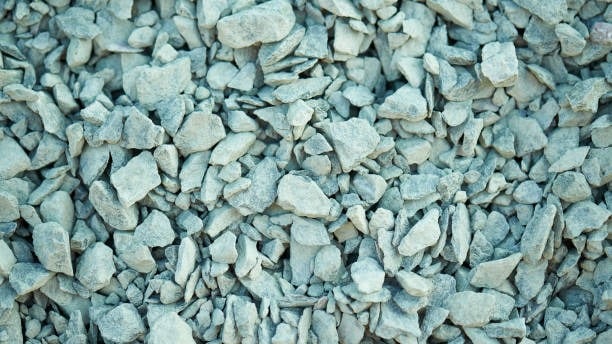Zeolite: Applications in Water Treatment and Horticulture
Zeolite's natural origin makes it an environmentally friendly choice
2/8/20252 min read


The Multifaceted Applications of Zeolites in Water Treatment and Horticulture
Introduction
Zeolites, a group of naturally occurring aluminosilicate minerals, have emerged as versatile materials in environmental management and sustainable agriculture. Their unique porous structure, ion-exchange capacity, and chemical stability make them indispensable in water purification, wastewater treatment, and horticultural practices. This article explores their dual roles in addressing modern challenges of water scarcity and soil health optimization.
Zeolites in Water Treatment
1. Heavy Metal and Ammonia Removal
Zeolites excel in adsorbing toxic heavy metals (e.g., lead, cadmium) and ammonia through ion exchange. Their negatively charged framework traps positively charged ions like Pb²⁺ and NH₄⁺, replacing them with benign cations such as sodium or calcium . For instance, clinoptilolite, a common natural zeolite, achieves 90% ammonia removal efficiency in aquaculture systems, preventing eutrophication .
2. Organic Contaminant Adsorption
The microporous structure of zeolites (surface area up to 400 m²/g) enables physical adsorption of organic pollutants, including pesticides and industrial dyes. Modified zeolites (e.g., acid-treated or thermal-activated) further enhance adsorption capacity for complex molecules like benzene derivatives .
3. Drinking Water Purification
In municipal water systems, zeolite filters reduce turbidity, eliminate odors, and remove pathogens. Their mechanical durability allows repeated regeneration via saline solutions, cutting operational costs by 30% compared to activated carbon . A 2023 study demonstrated that zeolite-based filtration reduced E. coli counts by 99.7% in rural water supplies .
4. Industrial Wastewater Treatment
Zeolites are pivotal in treating effluents from mining, textiles, and electroplating industries. For example, synthetic 4A zeolite effectively sequesters fluoride ions in acidic wastewater, achieving concentrations below WHO limits (1.5 mg/L) . Their reusability—up to 10 cycles without significant efficiency loss—makes them economically viable .
Zeolites in Horticulture and Agriculture
1. Soil Amendment and Nutrient Management
Zeolites enhance soil structure by increasing porosity (by 15-20%) and cation-exchange capacity (CEC). This allows gradual release of NH₄⁺, K⁺, and Ca²⁺, reducing fertilizer leaching by 40% in sandy soils . In drought-prone regions, their water retention capacity (absorbing up to 60% of their weight in water) sustains crop growth during dry spells .
2. pH Regulation and Pathogen Suppression
With a buffering capacity across pH 5–9, zeolites stabilize alkaline soils common in arid zones. Additionally, their antimicrobial properties inhibit Fusarium and Pythium fungi, decreasing root rot incidence in greenhouse tomatoes by 25% .
3. Hydroponics and Urban Gardening
In soilless systems, zeolite substrates (3–6 mm granules) provide optimal aeration and moisture for lettuce and herbs. Trials show 30% faster growth rates compared to perlite due to improved nutrient availability . For urban vertical farms, zeolite-infused growth media reduce irrigation frequency by 50% .
4. Aquaponics Integration
Zeolite biofilters in aquaponic systems simultaneously purify fish effluent and release nutrients to plants. A 2024 trial integrating clinoptilolite with Nile tilapia (Oreochromis niloticus) and pak choi achieved 95% nitrate recycling, eliminating external fertilizer inputs .
Challenges and Innovations
While natural zeolites are cost-effective ($50–100/ton), their performance varies with mineral composition. Recent advances focus on synthetic modifications:
Nano-zeolites: Enhanced surface reactivity for PFAS removal .
Magnetic zeolites: Easier recovery from treated water via external magnets .
Zeolite-polymer composites: Improved mechanical strength for high-pressure filtration .
Conclusion
From purifying billions of liters of wastewater to enabling drought-resistant agriculture, zeolites exemplify nature-inspired solutions for the Anthropocene. With global reserves exceeding 3 billion tons and ongoing material innovations, these "molecular sieves" will play a central role in achieving SDG 6 (Clean Water) and SDG 15 (Life on Land). As research advances, expect zeolites to unlock new frontiers in carbon capture and green chemistry.
